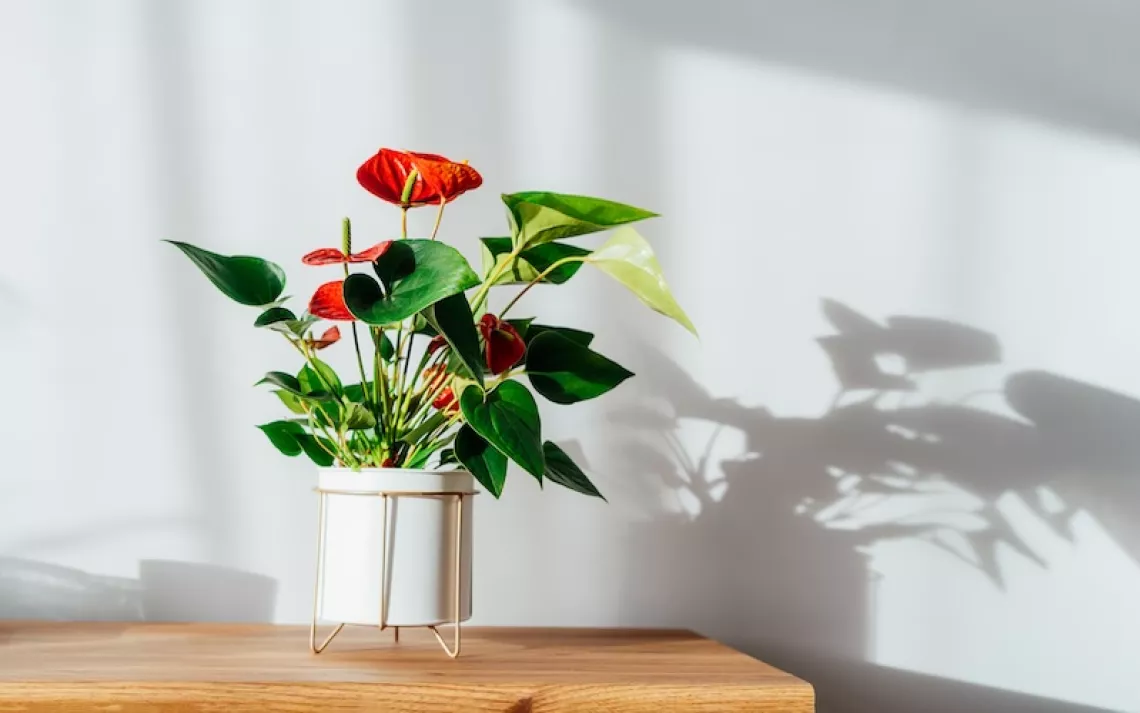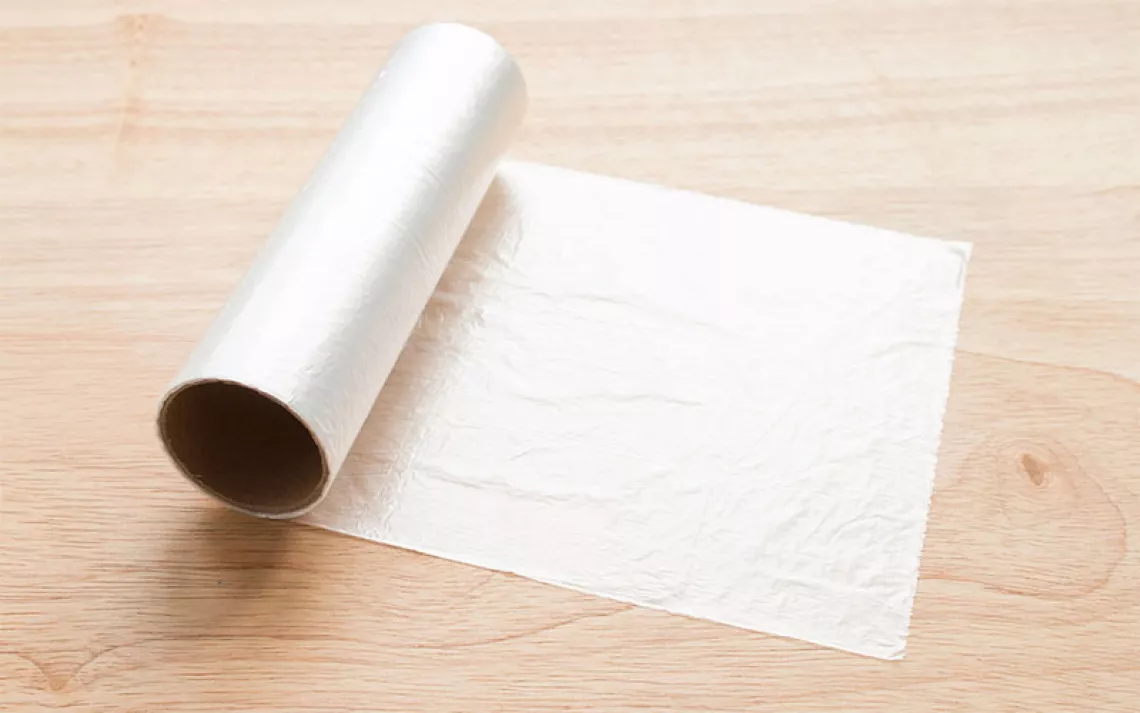How to Detox Your Digs
Toxic chemicals lurk in our homes, but there are ways to avoid them

Illustration by Tim Peacock
Toxic chemicals lurk in the very place where we should feel the safest—our homes. Over 40,000 chemicals are used to manufacture common consumer goods, and many of these can contaminate the air we breathe inside (which, according to the EPA, can be two to five times more polluted than the air outside) and the food we eat, contributing to health problems like cancer, neurological disorders, and developmental issues in young children. The federal government has been notoriously slow to regulate the chemical industry; for example, the EPA has yet to establish limits under the Safe Drinking Water Act for a class of some 5,000 "forever chemicals" known as PFAS. In recent years, state governments and some businesses have taken steps to reduce our exposure to toxic chemicals, but the onus still lies mostly on us consumers to protect ourselves. Here are a few of the most common culprits and some simple ways to avoid them.
Problem
According to Arlene Blum, a chemist and the founder of the Green Science Policy Institute, the flame retardants called organohalogens haven't been proved to increase fire safety but, like PFAS, are used in a host of consumer products, such as building insulation, car seats, electronics, and bonded carpet padding.
Solution
Seek out goods labeled "contains no added flame retardants," especially when purchasing items made with polyurethane foam (common in carpet padding and memory foam mattresses). If you must have carpeting—rather than cork, tile, natural linoleum, or wood flooring with a low-VOC finish—know that Home Depot and Lowe's are phasing out rugs and carpets containing PFAS.
Problem
Volatile organic compounds (VOCs) and other noxious solvents from oil-based paints, paint strippers, adhesives, and wood finishes evaporate into household air. "They end up in smog and in dust, which is really a chemical cocktail," Blum explains.
Solution
Use water-based paints and eco-labeled cleaning products, and when stripping paint, use alcohol- or soy-based agents. A quality air filter is also a must-have—look for one with a filter that has a minimum efficiency reporting value of 10 or higher (the higher the MERV number, the more efficiently air particles are removed). Always choose high-efficiency or HEPA filters, and avoid ozone-generating ones. Select a portable system based on a room's square footage; it should replace the room's air volume two to three times per hour.
Problem
Though PFAS are being phased out of kitchenware and other products in the United States, many nonstick pots and pans are coated with them.
Solution
Use cast-iron, glass, or ceramic cookware whenever possible (or at least take care not to overheat your Teflon). Avoid food wrapped in PFAS-laden greaseproof packaging, such as microwave popcorn.
This article appeared in the May/June 2020 edition with the headline "Detox Your Digs."
 The Magazine of The Sierra Club
The Magazine of The Sierra Club



